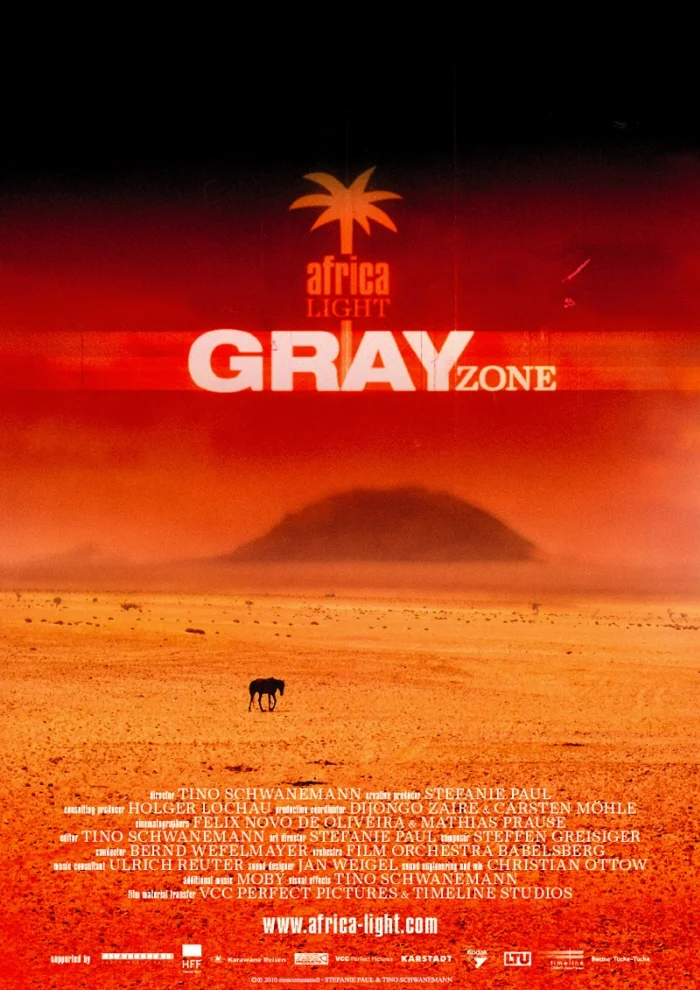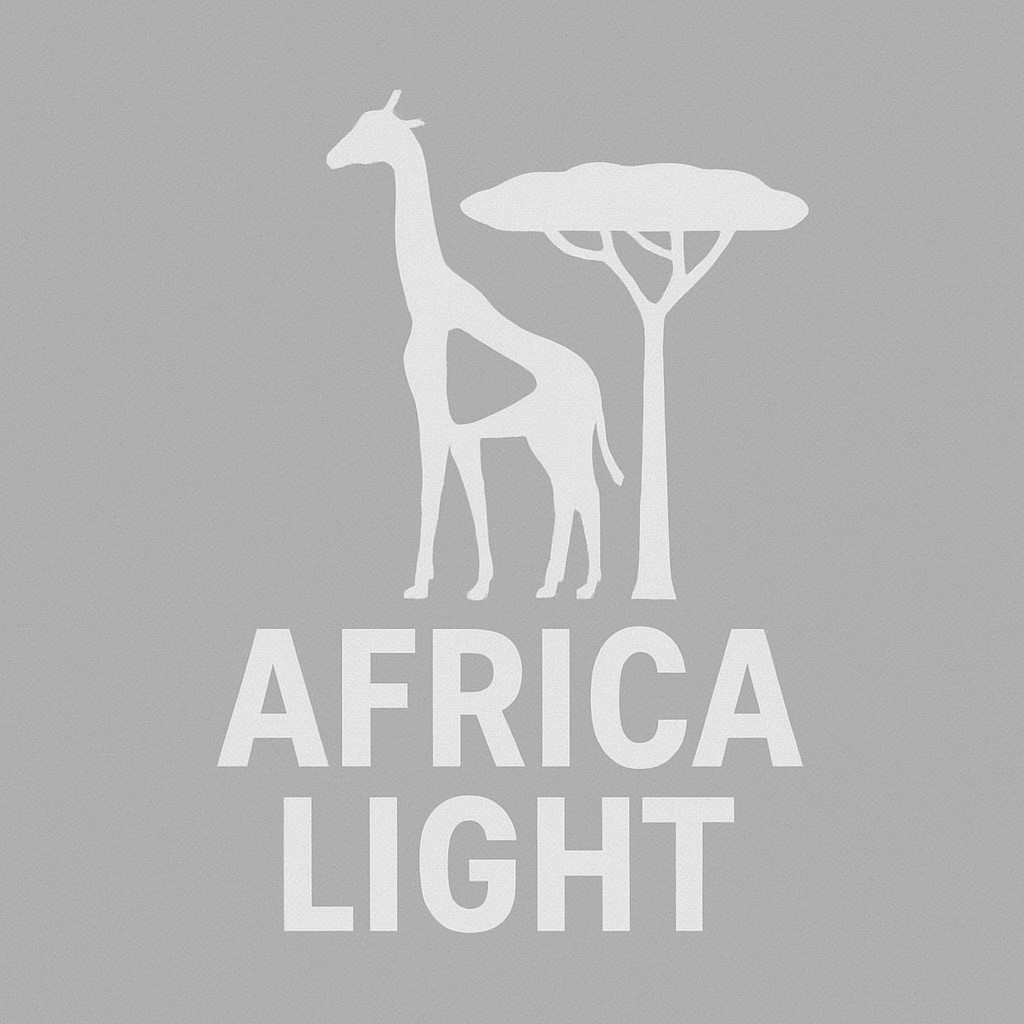
Introduction: Unpacking the Dualities of Namibia
The 2010 film “Africa Light / Gray Zone,” directed by Tino Schwanemann, presents a multifaceted portrait of Namibia, a nation whose very name, as understood by its white local citizens, suggests a romanticized vision of natural beauty and untroubled existence. However, the film’s dual title hints at a deeper, more complex reality, an “endless gray zone” where the stark contrasts between wealth and poverty, tradition and modernity, and the echoes of colonial history persist. This short film embarks on an ambitious journey, aiming to represent not just Namibia, but the broader development of an entire continent and, ultimately, the story of our interconnected world. The analysis that follows will delve into the film’s production history, narrative landscape, visual presentation, critical reception, and overall significance as a cinematic exploration of these intricate dichotomies.
Production History: A Collaborative Student Project in Namibia
The genesis of “Africa Light / Gray Zone” lies in a 2009 short film project spearheaded by Tino Schwanemann, who served as both director and writer. Schwanemann’s background, which includes experience in visual effects and directing other short films , likely influenced the film’s aesthetic sensibilities. The production was a collaborative effort involving the Filmakademie Baden-Württemberg and Hochschule für Film und Fernsehen ‘Konrad Wolf’ , prestigious film academies that often support student projects. This context is further underscored by the film’s estimated budget of €50,000 , a modest sum indicative of a student-led or independent production. The choice of Namibia as the primary filming location is integral to the film’s thematic concerns. The nation’s diverse landscapes and societal contrasts provide a rich visual tapestry for exploring the tension between the idyllic “Africa Light” and the more challenging “Gray Zone.” The project was also a German-Namibian co-production , suggesting a collaborative approach that potentially brought varied perspectives and resources to the filmmaking process. Notably, the director and producer expressed keen interest in international feedback, particularly from those in the realms of economics and politics, highlighting the film’s intention to engage with real-world issues beyond a purely artistic endeavor.
Narrative Analysis: Thematic Exploration Over Character-Driven Story
The narrative of “Africa Light / Gray Zone” unfolds as a thematic exploration rather than a traditional, character-driven story. It presents a vivid picture of Africa’s natural beauty and vibrant experiences, yet juxtaposes this with the deep-seated social, political, and economic issues that remain unresolved, existing in a complex “gray zone”. Namibia serves as a central focus, embodying this duality through its landscapes and societal structures. The film touches upon the delicate balance between upholding traditions and embracing modernity, the disparities between the affluent and the impoverished, and the lasting impact of colonial history on the nation’s trajectory. A particularly striking element mentioned in the synopsis is the depiction of “primitive people” being offered for sale as a tourist attraction , a portrayal that underscores the complex and potentially exploitative relationship between cultural heritage and the tourism industry. Given its concise 13-minute runtime , the film likely employs a focused narrative structure, possibly utilizing visual montages and symbolic imagery to convey its multifaceted message efficiently. The German review suggests a visual style that, while excellent, can be symbolically dense and potentially confusing for some viewers, indicating a narrative that might prioritize thematic resonance over straightforward exposition.
Character Study: Societal Segments as Narrative Focus
In its exploration of Namibia’s complexities, “Africa Light / Gray Zone” does not appear to feature traditional, well-developed characters. Instead, the film seems to utilize representative figures or social groups to illustrate the various facets of Namibian society. The mention of “white local citizens,” the stark contrast between the rich and the poor, and the depiction of “primitive people” suggest that the film’s focus is on these broader societal segments rather than individual character arcs. The absence of a listed cast in the provided information further supports the notion that the film might adopt a documentary-style approach, featuring real individuals or symbolic representations rather than actors in traditional roles. This approach aligns with the film’s ambition to serve as a commentary on a nation’s development, where the emphasis is on the collective experience and societal structures rather than individual narratives.
Cinematography and Visual Style: Balancing Beauty and Symbolism
The cinematic vision of “Africa Light / Gray Zone” is a significant aspect of its storytelling, with the cinematography earning praise for its excellence. The film’s opening, highlighting the “nature’s colors” of Africa , suggests a visual style that captures the beauty of the Namibian landscape. Directors of Photography Felix Novo de Oliveira and Mathias Prause lend their expertise to create a visually compelling experience. However, the German review also notes that the film can be “partially somewhat confusing and symbolically charged,” indicating that the visual style is not merely descriptive but also deeply intertwined with the film’s thematic content. The juxtaposition of vibrant natural imagery with scenes depicting social and economic disparities likely serves to visually represent the “gray zone” between the romanticized ideal and the complex reality of Namibia. This visual contrast likely contributes to a contemplative and thought-provoking mood, encouraging viewers to question their perceptions of Africa and to engage with the underlying tensions within the nation.
Critical Reception and Festival Recognition
“Africa Light / Gray Zone” garnered international attention through its participation in various film festivals. Screenings in locations such as New York, Switzerland, Brazil, and China indicate a global interest in the film’s portrayal of Namibia and its themes. The director noted the film’s popularity, particularly within Namibia itself, suggesting a resonance with the local audience. Furthermore, the director’s statement about aiming to provoke discussion implies that the film’s critical reception involved a range of viewpoints and debates. The German review from Moviepilot.de offers a more nuanced perspective, commending the film’s visual excellence while pointing out its potential for being confusing and overly symbolic. This suggests that while the film’s artistic merit was recognized, its non-traditional narrative and symbolic approach might not have resonated with all viewers.
Box Office Performance and Popularity
As a short film produced with a limited budget , “Africa Light / Gray Zone” likely did not have a wide theatrical release or generate significant box office earnings. Its primary mode of distribution would have been through film festivals and potentially online platforms. Therefore, its success is more appropriately measured by its critical reception, its ability to stimulate dialogue, and its cultural impact rather than commercial metrics. The film does have a presence on IMDb and TMDB. While a specific IMDb rating is not provided in the research snippets, TMDB indicates a rating of 55%. Popularity metrics on these platforms could offer further insight into the film’s reach and engagement with audiences, though such data is not explicitly available in the provided material.
Conclusion: A Thought-Provoking Look at Namibia’s Complexities
In conclusion, “Africa Light / Gray Zone” offers a visually compelling, albeit potentially perplexing, exploration of Namibia’s complex identity in the modern world. Originating as a student project with a modest budget, the film utilizes the striking landscapes of Namibia to delve into the “gray zone” between idealized perceptions and the realities of a nation navigating its post-colonial trajectory. While it might lack a traditional narrative and well-defined characters, its strength lies in its thematic ambition and its visually rich portrayal of societal contrasts. The film’s international festival presence and the director’s intention to spark debate suggest a work that seeks to challenge viewers’ perspectives on Africa, moving beyond simplistic representations to engage with the nuanced complexities of development, tradition, and the enduring legacies of the past. For those interested in experimental narrative forms, visual essays, and films that grapple with socio-political issues in Africa, “Africa Light / Gray Zone” offers a concise yet thought-provoking cinematic experience.
